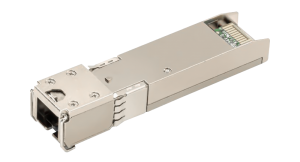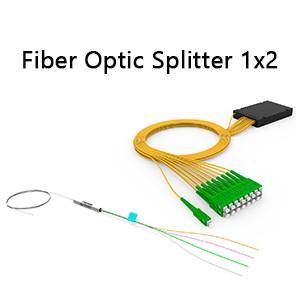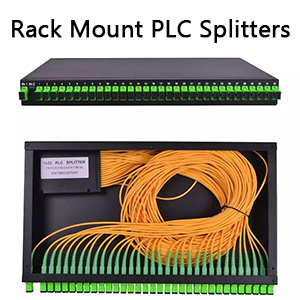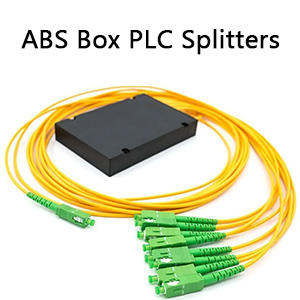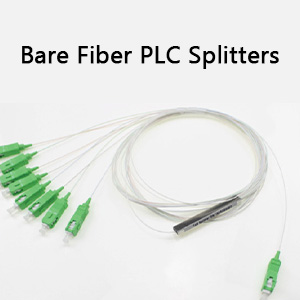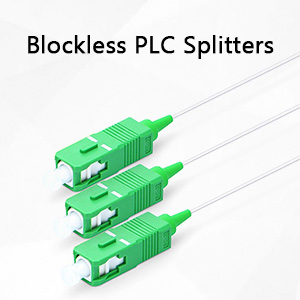The traditional FTTH (Fiber To The Home) networking solution uses a single optical modem and router, and the network cable only reaches the weak current box or the living room. The Wi-Fi coverage area is limited. After the signal passes through the wall, the signal and network speed are severely attenuated, and it is impossible to achieve Wi-Fi high-speed network coverage for the whole family.
The FTTR (Fiber To The Room) whole-house smart gigabit optical fiber solution adopts a 10G master optical modem and N slave optical modems mode. Whether in the corridor or in the room, all optical fiber connections are used. It has strong transmission capacity, higher transmission rate, and longer life than network cables. It can support 10G uplink and realize true whole-house Wi-Fi6. Let everyone in the family enjoy the best Internet experience brought by gigabit bandwidth at every location in the home, meeting the high-quality business requirements of home virtual VR, 8K ultra-high-definition TV, high-definition online education, e-sports games and future whole-house intelligence. So, how are the optical path devices in the FTTR scenario planned?
According to the different fiber connection methods between the FTTR master and slave optical modems, there are two FTTR technology networking solutions: point-to-multipoint (P2MP) and point-to-point (P2P), with the P2MP solution being the main one. The P2MP solution is based on PON technology, and the principle of PON technology is shown in Figure 1:
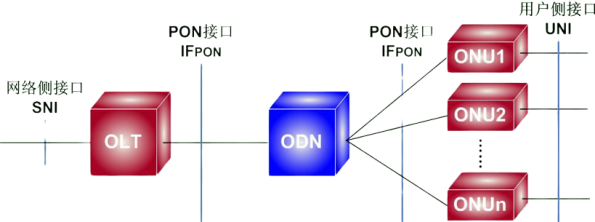
Although FTTR and FTTH use the same PON core technology, due to differences in application scenarios, such as the fact that the distance between the FTTR master gateway and the slave gateway is not far and generally does not exceed 16, the following optical path aspects need to be considered in actual deployment and planning:
Optical module selection
The main optical modem is equivalent to a mini OLT. Since the transmission distance within the home is short and the number of slave gateways is generally not more than 16, the configured optical module can choose a lower-power GPON Class B+ optical module to save costs.
FiberLife’s SFP GPON OLT Class B+ 20km optical transceiver module is a GPON OLT in SFP form factor, compliant with ITU-T G.984.2. The module supports 2.488Gbps continuous mode transmission at 1490nm DML and 1.244Gbps burst mode reception at 1310nm APD/TIA. The module provides efficient function and feature integration, accessible via a two-wire serial interface. Optical signals are multiplexed to single-mode fiber via a standard SC connector.
Splitter selection
The home scenario has a more complex room type, so it is recommended to adopt a single-stage or multi-stage splitting solution based on the situation in the table below.
| Type | Product Description | Application Scenario |
| 1:5 unequal ratio beam splitter | Port1~4: 30%, Port0: 70% | Used in scenarios less than or equal to 1:4 and cascade networking scenarios |
| 1:9 unequal ratio beam splitter | Port0: 70%, Port: 1~8:30% | Large flat floor scene |
| 1:4 ratio beam splitter | Ratio 1:4 | Flat, medium to large size, within 5 hotspots |
At present, the equipment level of FTTR technical solutions is gradually becoming more mature. In order to ensure that network performance meets business requirements, more attention needs to be paid to engineering aspects such as wiring specifications and optical path budget planning in actual deployment.

